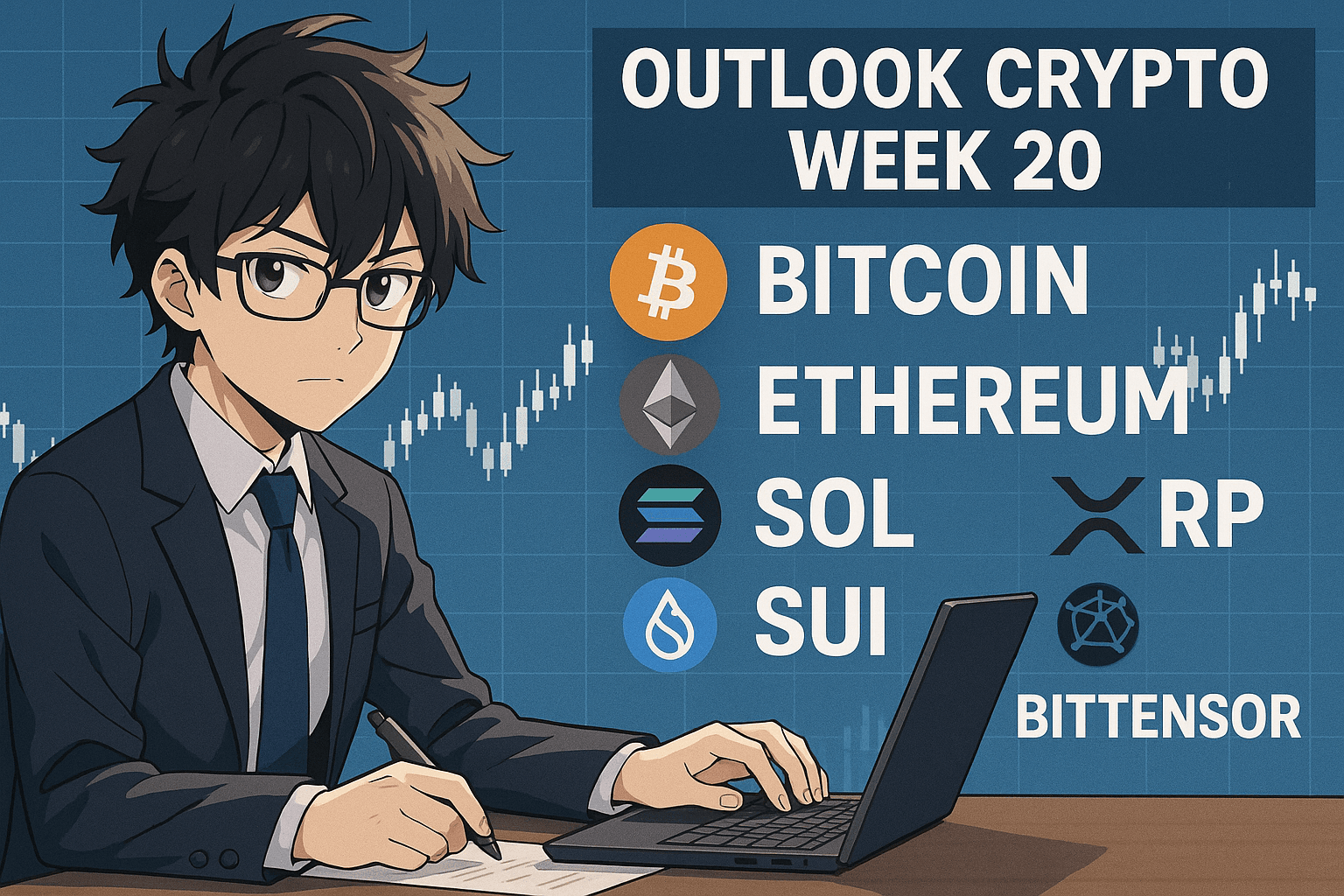The GLP token from the GMX ecosystem isn’t just a yield token — it’s a battle-tested DeFi primitive designed to thrive on volatility, protocol activity, and one unique thing: trader failure. If you’ve been exploring ways to earn real yield while sidestepping the worst of bull/bear whiplash, GLP may deserve a core spot in your portfolio.
But how do you build around it? What should your allocation be? And how much exposure is too much?
Let’s dive into an in-depth breakdown on how to structure a GLP-centric portfolio in 2025.
⚙️ What is GLP, and Why Does It Matter?
GLP is the liquidity provider token for GMX V1 on Arbitrum and Avalanche. When you buy GLP, you’re providing liquidity for:
- Perpetual trading
- Swaps between assets
In return, GLP holders earn:
- Swap fees
- Borrowing interest from leverage traders
- Profits when traders lose
It’s a negatively correlated asset to leveraged trader performance. The more they get rekt, the more GLP shines.
GLP tokens are automatically staked, earning:
- Escrowed GMX (esGMX)
- ETH or AVAX yield depending on the chain
Track GLP stats at stats.gmx.io
🧩 Core Concept: GLP as a Portfolio Primitive
GLP isn’t a stablecoin. It isn’t a blue-chip. It’s DeFi-native structured yield, somewhere between:
- A liquidity token
- A volatility hedge
- A synthetic inverse trading position
In essence, you’re the counterparty to the casino. When degens win, you pay. When they lose, you get their chips.
That makes GLP:
- ✅ Bear market friendly
- ✅ Choppy market friendly
- ⚠️ Bull market risky
So how do you size it in your portfolio?
🛠️ GLP Portfolio Structures
Depending on your risk appetite and time horizon, here are three portfolio blueprints using GLP as a central component.
🟢 1. Conservative Yield Strategy
Objective: Preserve capital, earn consistent yield, minimal exposure to volatility.
Structure:
- 50% GLP (Arbitrum)
- 30% ETH
- 20% Stablecoins (USDC/USDT)
Why it works:
- GLP provides passive ETH yield from protocol fees
- ETH adds long-term crypto upside
- Stables offer flexibility and downside hedge
Pros:
- Simple, low-maintenance
- Good for passive income
- Works in bear and sideways markets
Cons:
- If traders are winning, GLP yield may dip
- Underperforms in bull trends
🟠 2. Balanced DeFi Income Strategy
Objective: Diversify income streams while staying yield-heavy.
Structure:
- 40% GLP (Arbitrum or Avalanche)
- 30% ETH / BTC
- 15% esGMX staking
- 15% Lending or LSDs (e.g., Lido, Aave)
Why it works:
- GLP + esGMX compound rewards
- LSTs (Liquid Staking Tokens) add yield diversity
- BTC/ETH anchors portfolio
Pros:
- Multi-yield strategy
- Benefits from both DeFi activity and asset growth
Cons:
- More complex to manage
- Smart contract risks increase with complexity
🔴 3. Risk-On Degen Strategy
Objective: Maximize return via high-yield GLP exposure and GMX ecosystem plays.
Structure:
- 60% GLP (split between Arbitrum & Avalanche)
- 20% esGMX (vested, compounding)
- 20% GMX (liquid)
Why it works:
- Full alignment with GMX success
- GLP returns thrive on volatility
- Exposure to both yield and token appreciation
Pros:
- High ETH/AVAX rewards
- Exposure to ecosystem growth
Cons:
- Highly dependent on trader losses
- Vulnerable to protocol changes or bull runs
📊 Key Metrics to Monitor
If you hold GLP, watch these metrics weekly:
- 🧠 Trader PnL vs. GLP profit
- 📈 ETH/AVAX yield APR
- 📉 Token weights and exposure
- 🏦 Stablecoin % in pool (low = high risk)
- 📊 stats.gmx.io: pool health and fees
💡 Pro Tips for GLP Portfolio Optimization
1. Use Both Arbitrum and Avalanche
- Rewards differ
- Index compositions vary
- Avalanche often has more stablecoins (lower volatility)
2. Buy GLP Using Undervalued Tokens in the Pool
Use the “Save on Fees” section on GMX.io to mint GLP cheaply.
3. Let ETH/AVAX Compound
Either:
- Reinvest rewards into GLP
- Stake elsewhere (e.g., Lido, Pendle, or restake ETH)
4. Monitor Bull Cycles
When everyone wins trades → GLP earns less Rebalance accordingly if up-only trends dominate.
📉 Pros and Cons of a GLP-Heavy Portfolio
✅ Pros
- Real protocol yield (not ponzinomics)
- Negative correlation to degens
- Battle-tested in bear markets
- No impermanent loss
- Auto-compounding ETH/AVAX yield
- Smart exposure to DeFi volume
❌ Cons
- Traders can win, eating into GLP value
- Dynamic asset exposure (not static index)
- Smart contract risk (though mitigated via audits)
- Yield depends on platform usage and volatility
- Bridged token risks (especially on Avalanche)
🔮 GLP in 2025 and Beyond
As GMX V2 continues rolling out, GLP (V1) remains active with:
- Strong community support
- Active ETH/AVAX rewards
- Expanding DEX ecosystem integrations
GLP is transitioning from a “DeFi secret” to a “DeFi staple.”
GMX V2 introduces isolated pools, but many traders still use V1 — meaning GLP retains value and usage. With esGMX compounding and a growing user base, GLP has runway left.
🧾 Final Thoughts: Should You Build With GLP?
GLP isn’t for everyone — it’s not a stablecoin and it’s not a set-it-and-forget-it LP token.
But if you’re:
- Yield farming actively
- Watching trader trends
- Willing to rebalance around volatility
Then GLP can be one of the most resilient and dynamic DeFi assets in your portfolio.
Start small, monitor weekly, and scale with conviction.
🧭 Explore the GLP Dashboard
📲 Stake or Mint GLP on GMX.io
🧵 For more breakdowns and portfolio setups, follow @CryptoSats_io



